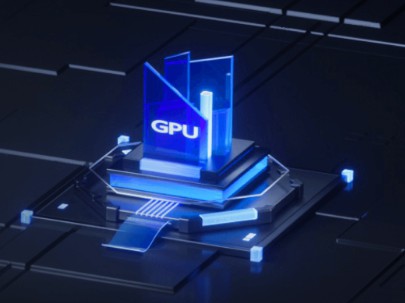Global IT supply chain
International transportation + IT O&M outsourcing + self-owned backbone network
As technology advances rapidly, GPU cloud servers have emerged as a high-performance computing resource widely applied across various fields. This article provides an in-depth comparison of GPU cloud servers and traditional computing resources in terms of performance, offering insights into their practical applications.

What Are GPU Cloud Servers?
GPU cloud servers leverage Graphics Processing Units (GPUs) as their core computing resource. GPUs are renowned for their exceptional parallel processing capabilities, making them ideal for tasks requiring high-efficiency computation, such as deep learning, machine learning, and scientific simulations. In contrast, traditional computing resources primarily rely on Central Processing Units (CPUs), which are less efficient at handling parallel workloads. This difference gives GPU cloud servers a unique advantage in managing large-scale parallel tasks and complex algorithms.
Performance Comparison Between GPU Cloud Servers and Traditional Computing Resources
1. Parallel Processing Power
GPU cloud servers are designed for extensive parallel processing, enabling them to handle thousands of computational tasks simultaneously. This capability makes them particularly effective for processing large datasets and complex models. Traditional computing resources, on the other hand, rely on a limited number of high-performance cores, which struggle to keep up with the demands of large-scale parallel computations.
2. Enhanced Computational Efficiency
The architectural strengths of GPU cloud servers allow them to excel in data-intensive tasks. For example, in training deep learning models, GPUs significantly outpace CPUs in speed, reducing the time required to complete such tasks. Traditional computing resources often take longer and consume more energy to accomplish similar workloads, highlighting their lower computational efficiency.
3. Cost-Effectiveness
While the per-use cost of GPU cloud servers might be higher, their superior efficiency ensures lower overall operational costs. In scenarios involving large-scale, complex computations, GPU cloud servers can complete tasks faster, minimizing resource wastage. Conversely, the lower efficiency of traditional computing resources can lead to higher costs due to longer processing times and increased energy consumption.
4. Flexibility and Scalability
GPU cloud servers offer outstanding flexibility, allowing users to dynamically adjust computing resources based on their needs. This adaptability makes them ideal for handling tasks with varying scales and complexities. In contrast, traditional computing resources often feature fixed hardware configurations that lack the scalability to quickly accommodate changing demands.
The Future of GPU Cloud Servers
The comparison above demonstrates that GPU cloud servers outperform traditional computing resources in terms of parallel processing power, computational efficiency, cost-effectiveness, and scalability. As artificial intelligence and data-driven applications continue to expand, GPU cloud servers will play an increasingly vital role in driving technological innovation and improving productivity.
If you’re seeking high-performance computing solutions, consider consulting Ogcloud for more information about GPU cloud server offerings.

International transportation + IT O&M outsourcing + self-owned backbone network

Cellular chips + overseas GPS + global acceleration network

Overseas server room nodes + dedicated lines + global acceleration network

Global acceleration network + self-developed patented technology + easy linking

Global Acceleration Network + Global Multi-Node + Cloud Network Integration


